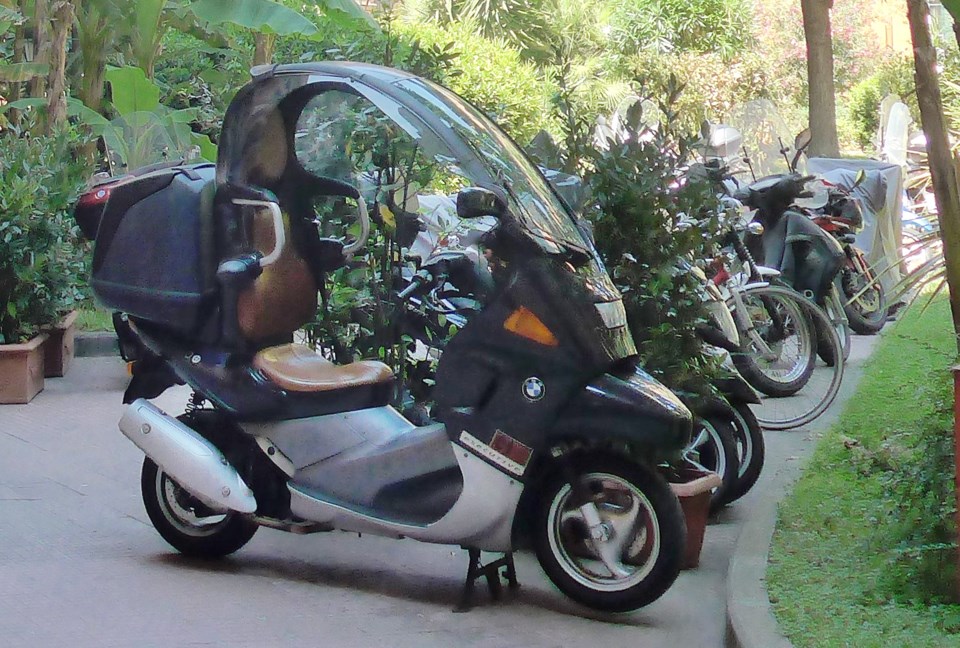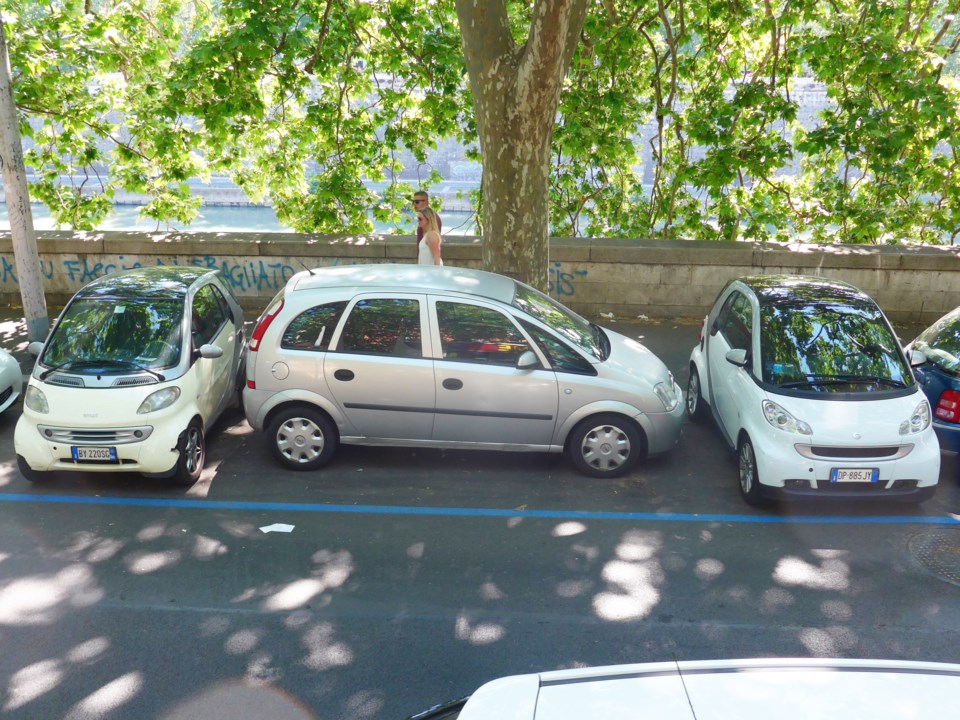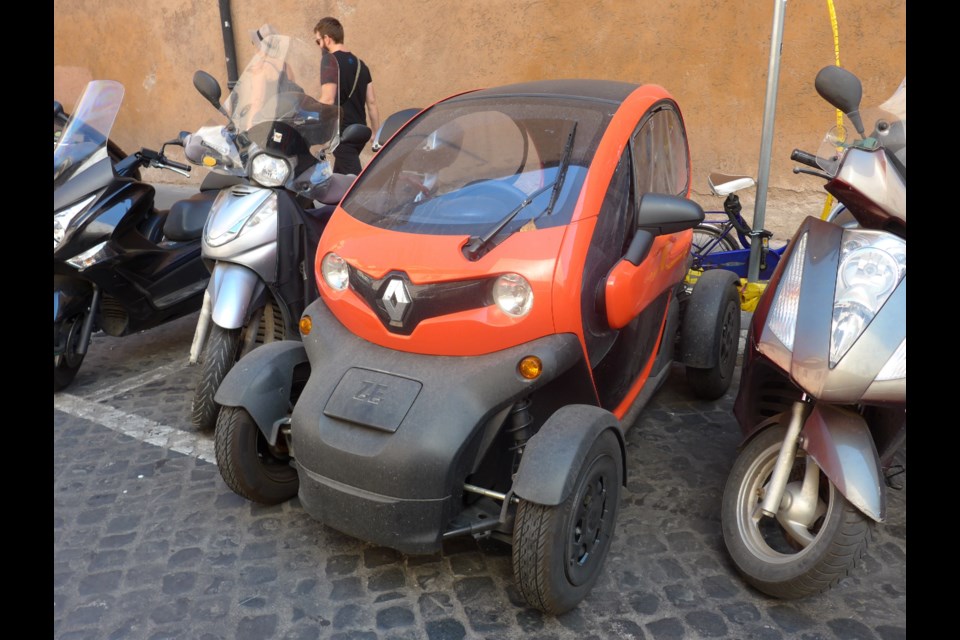This week’s column comes to you from the Chianti region of Tuscany. Yes, I have a glass of Chianti in hand.
I first came to Italy in the 1960s and recall wondering why Italians spent so much time drinking coffee in cafes; something we didn’t do in Canada. How things have changed.
As I now travel around Italy, I cannot help but see other similarities and differences in how the Italians and Canadians live.
Our Rome apartment had an elegant spiral staircase leading up to the bedroom level. When I told my daughters such a staircase would not be allowed in Canada because of our building codes, they were shocked.
However, we were all shocked by how many old and new public places are not accessible to those in wheelchairs. A vivid example was the flagship Antinori winery halfway between Florence and Siena where it was not possible to take an elevator up to the restaurant. This would not be allowed in Canada.
On the other hand, public transit in Italy is so much better than what we are used to. The train system is quite phenomenal, with high-speed trains linking cities and towns throughout the country. I doubt whether Canada will ever have anything that compares with it.
I have also been fascinated by other modes of transportation common in Italy. Many people get around on scooters. Genoa, where the Vespa was first invented more than 70 years ago, has the most scooters per capita of any Italian city — around 180,000 locals regularly ride Vespas, mopeds and motorcycles, out of a population of 600,000.

Vespa is part of the Piaggio Group of companies founded in 1884. Over the years, like other scooter manufacturers, it has fallen on hard times. However, today it is creating revolutionary scooter models such as the three-wheeled Piaggio Yourban and a gas/electric hybrid scooter.
I have often wondered why more people don’t ride scooters in Vancouver. While some may respond “it’s the weather, stupid,” I would point to the significant increase in bicycle usage, even in the winter.
Furthermore, on the streets of Italy you can find a variety of all-weather scooters. One example is the BMW C1, which not only has a roof, but also seatbelts, an interior light, sunroof, and cellphone holder. Other models, such as the Adiva have fewer features, but at a lower cost.
As road congestion and the costs of car ownership and parking in Vancouver increase, I predict scooter ownership will increase, especially as more hybrid and electric models come onto the market.
It’s not just scooters that have fascinated me on this trip. I have also been intrigued by the variety of other vehicles you find on the roads, including those that are not quite scooters, but also not quite cars.

A good example is the Renault Twizy, a battery-powered two-seat electric city car. In Europe, it is classified as a heavy quadricycle, with a maximum range of 100 km. It can be charged in three and a half hours from any regular European socket.
Five years ago, when first introduced, the Twizy was the top-selling plug-in electric vehicle in Europe. Today it costs about 7,000 euros ($10,500), but the sales price does not include the battery pack, which is leased for a monthly fee that includes roadside assistance and a battery replacement guarantee.
The Twizy may be winterized with winter tires and by adding flexi side windows to enclose the cabin. Heating is provided by plugging in electric blankets to keep the driver warm!
While today one rarely sees BMW Isettas on Italian roads (I’m sure it’s just a matter of time before they are back), there are numerous other tiny cars that we do not yet have in Canada. Yes, we now have the Fiat 500 and Smart Car, but they have the Skoda Citigo, Renault Twingo, VW Up, Peugeot 108, and Microcar.
As Vancouverites continue to adopt more European lifestyles, whether in cafes or denser, multi-family forms of housing along narrower streets, expect to see more of these tiny European-style vehicles in Vancouver.
If you don’t believe me, just look at the popularity of Smart cars and cappuccinos.
@michaelgeller



